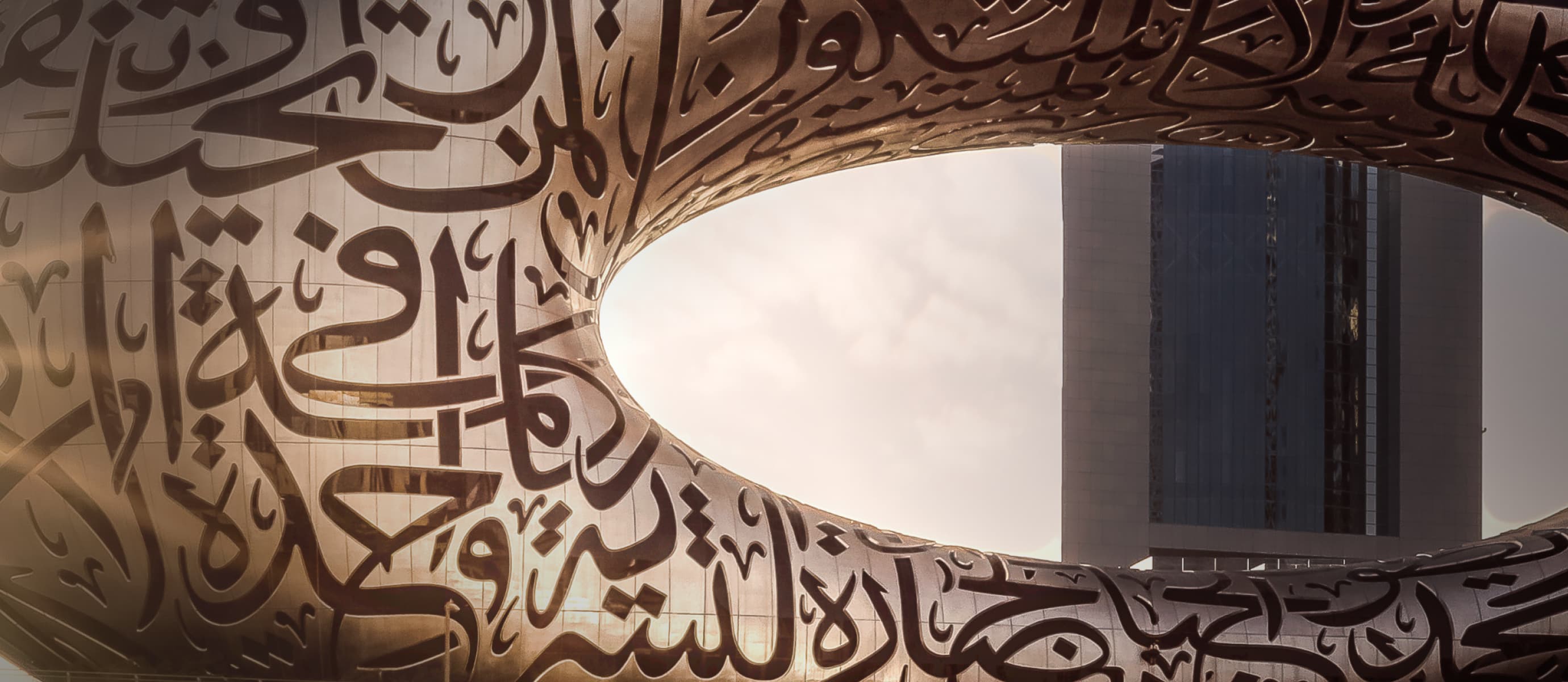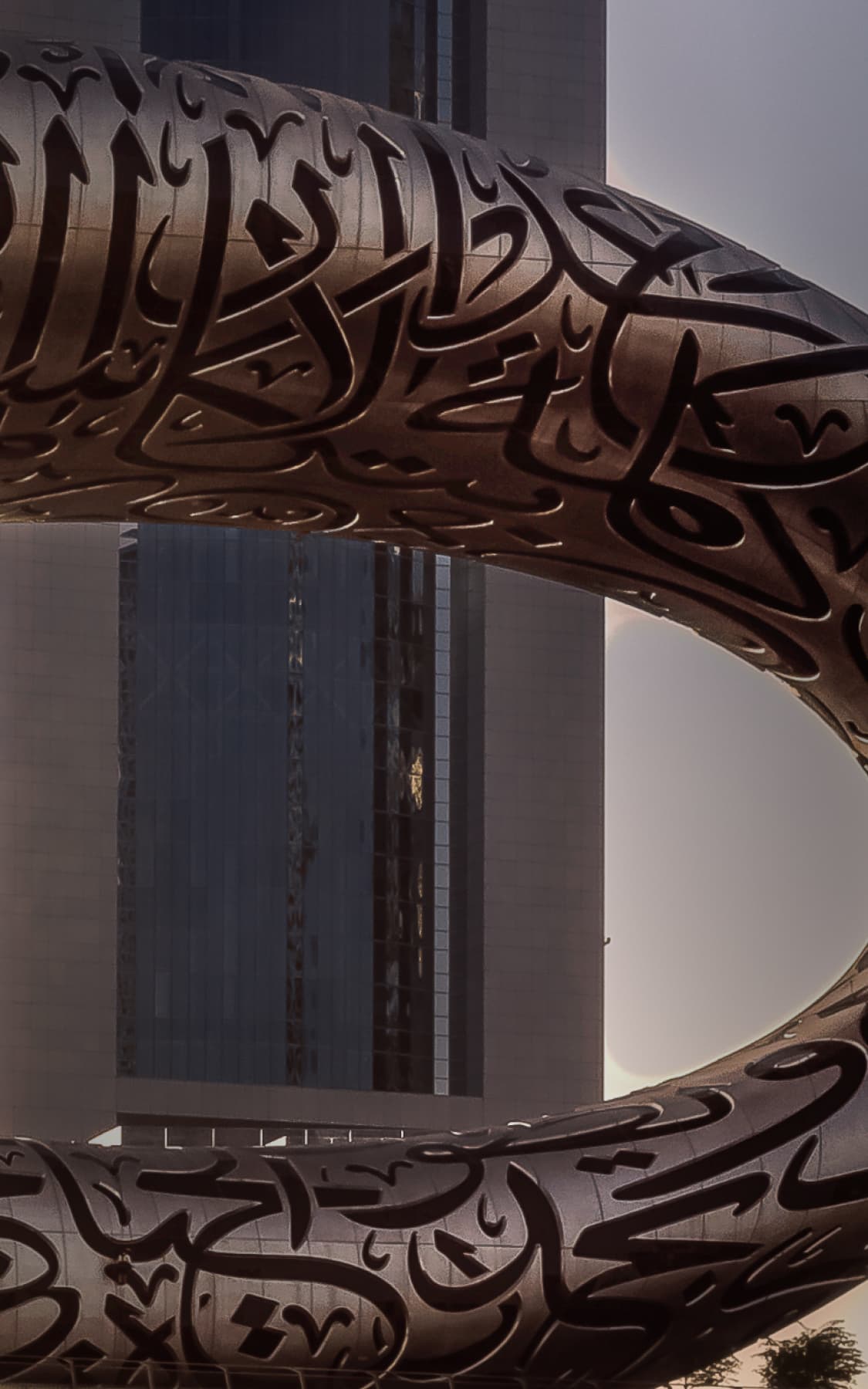
11:58
OpenAI Startup Fund quietly raises $15M

11:57
Apple in talks with OpenAI to power AI features in iOS 18

16:08
Telegram adds over 15 new features this month

12:26
Boeing's Starliner spacecraft is set to make history on May 6

12:26
World's largest 3D printer unveiled, capable of building houses in less than 80 hours

19:06
Sony patents 'auto-play' game mode

11:58
OpenAI Startup Fund quietly raises $15M

11:57
Apple in talks with OpenAI to power AI features in iOS 18

16:08
Telegram adds over 15 new features this month

12:26
Boeing's Starliner spacecraft is set to make history on May 6

12:26
World's largest 3D printer unveiled, capable of building houses in less than 80 hours

19:06
Sony patents 'auto-play' game mode
11:58
OpenAI Startup Fund quietly raises $15M
11:57
Apple in talks with OpenAI to power AI features in iOS 18
16:08
Telegram adds over 15 new features this month
12:26
Boeing's Starliner spacecraft is set to make history on May 6
12:26
World's largest 3D printer unveiled, capable of building houses in less than 80 hours
19:06
Sony patents 'auto-play' game mode
11:58
OpenAI Startup Fund quietly raises $15M
11:57
Apple in talks with OpenAI to power AI features in iOS 18
16:08
Telegram adds over 15 new features this month
12:26
Boeing's Starliner spacecraft is set to make history on May 6
12:26
World's largest 3D printer unveiled, capable of building houses in less than 80 hours
19:06
Sony patents 'auto-play' game mode

"The machine has won and we have to use it" — Professional Artists about AI-Generated Arts
Exclusive perspective on recent conflict between artists and AI.
This week, erupted a loud scandal around AI-generated images at artists community. After lengthy discussions about the ethics of technology in the arts, the artists start protesting at ArtStation.
The reason was that the one of the biggest art platforms was flooded with AI-generated images. To express their dissatisfaction, users began to upload the same image with the caption "NO TO AI-GENERATED IMAGES".
Durov's Code spoke with one's unique in its kind artists Ellen Sheidlin and Pokras Lampas. They told how human was replaced by a machine, what artists should do now and why AI could help artists in the future.
Ellen Sheidlin, professional artist and digital creator:
Artists have been able to share their art for free for more than 20 years now through thousands of different platforms. The Internet has lowered the entry threshold, and the door was opened for everyone with a vision. New digital tools contributed to the archives with billions of gigabytes of visuals, ready to be absorbed by eager neural networks.
There is a lot in common between what is happening now and the process of industrialization, started in XIXth century. Human was replaced by machine. Capitalism is aiming to maximize his revenue, and searches constantly for new ways to optimize the production process. AI is nothing but a new tool to optimize stuff in studios or companies, to create a department with only 2 coders managing to do the same work as 100 designers on salary. There is no way to interfere with the process. No one questions of ethics, while their competitors reduce costs, and maximize income. The machine has won.
It is the exploitation of creative work, posted naively by millions of artists, that has turned into a new way to satisfy the demands of capitalists. There is no remedy. You accept the rules of this game and continue to hope that the AI never succeeds in creating cartoons, movies, etc, or at least that won't be soon.
To be honest, the alarm symbolizing the creative apocalypsys goes off in a couple of minutes. We have nothing to do but to create unique pieces of art, which AI will not be able to use for self-learning because of lack of data. We have to be outstanding, use the machine to reach our own goals and study engineering - not to fight it.
Pokras Lampas, street artist and creator of Calligrafuturism movement, who worked with Fendi, Nike and other brands:
I think that artificial intelligence will work together with artists on creative tasks, but not replace artists and original works.
The technology itself is very powerful and variable, the main thing to understand is that AI is built on the basis of image libraries, and the training of these libraries on the works of artists with violation of license rights to the image is really not always correct and should be regulated.
Now in the prompt text you can add references and names of artists without their agreement - formally, this may violate copyrights.
Platforms that give commercial rights to use AI-generated images may violate the rights of artists whose work was used in training.
Therefore, I recommend to understand the essence of the conflict of artists, and constructively come to a solution to the problem - and not cancel the technology.
The main thing to remember is that any artist's voice and opinion can be heard and expressed, especially in the context of new AI technologies.
Durov's Code also collected some opinions from all over the world of art. Artist Karla Ortiz, who worked on films for MCU, ILM and HBO points out that artists are no more safe at ArtStation because of platform's terms of use.
With site terms that stifle AI research and commercialization, is Artstation signaling it won't protect users data from being scraped by companies such as Unstable Diffusion? Because that is neglectful, and basically stating your art isn't safe there.
Artist Paul Scott Canavan, who worked on games Silent Hill, World of Tanks and Destiny, shared the same opinion. As he said in Twitter, he was hopeful about the potential of AI art, but he's not anymore.
I absolutely take issue with people getting pissy that they aren't being held in the same regard as those of us who quite literally dedicated our lives to art as a career. It's wild that folk don't understand this.
Logan Preshaw – artist and art director, who worked on such a big projects like Avatar 2 and Valorant – calls for moderation of Artstation. In his opinion, tag or category for AI art "does nothing to address the issue".
We won't accept an AI subcategory that's easily circumvented. We want imagery built from our exploitation GONE. I will not settle if this merely results in a tag or category for AI art. That does nothing to address the issue. Moderate your platform ArtStation. Remove the slop that exploits the people your platform is supposed to support.
Creative director of real-time technology at Nvidia and artist Gavriil Klimov points out that "typing promts is not valuable skill in real production"..
People who simply type prompts into ML image generators are limited to the output provided by the algorithm and do not have the technical knowledge to modify the artwork. They are not valuable in any way to a production environment.
Editor’s pick






















